Valhalla! What comes to mind when you think of this word? Most people will think of the grand hall in Norse mythology, where great warriors gather after their death. A few of you, however, will have flashbacks of being heel-stomped to death by a masked angel with metallic wings. This article is dedicated to you!
My name is Denny Yeh, Senior Staff Combat Designer here at Sony Santa Monica Studio. I worked on many of the enemies and boss fights in the latest God of War. Today, I’d like to talk about one of my favourites: The Valkyries.
Warning: Heavy spoilers and nerdy combat design theory talk to follow.
What is a boss fight?
There is no single formula for making a good boss fight in video games. Every fight serves a different purpose. The best fights are the ones that embrace that purpose, without getting bogged down by lofty ideas about what a good boss fight needs to look like. For example, let’s compare the Valkyrie boss fight to the Baldur boss fight.
The spectacle boss
The Baldur fight is all about spectacle and story. It’s there to remind you how brutal and over the top God of War fights can be. Since it was the first fight in the game, we couldn’t make the combat very hard. If we did, many players would get stuck and be unable to enjoy the rest of the game.
It did not have the deepest gameplay mechanics, though, because that’s not what players needed one hour into the game (when they were still getting used to the new camera and controls). Baldur’s attacks were simple and straightforward, encouraging players to experiment with their defensive options.
The fight focused on memorable action moments, from Kratos shattering a giant boulder with his shield, to the ground splitting in two beneath his feet as he locked arms with Baldur. It was a fun, fast paced roller coaster that players of all skill levels could play through and they could feel awesome while doing so.
The action moments helped get the blood pumping, but rarely did they put the player at true risk of dying. This is because the purpose of the Baldur fight was not to challenge the player.
The purpose of the Baldur fight was to make the player feel like the god of war, Kratos, fighting against a seemingly invincible opponent that felt no pain. When Baldur first punches Kratos over the roof of the building, the players are just as surprised as Kratos.
When Baldur comes back to life and throws the giant monolith at Kratos, the players are just as tired of his crap (the fight is maybe a tad long). And when Kratos finally snaps Baldur’s neck and sends him plummeting down the chasm, players are just as relieved that the ordeal is over.
The Baldur fight focuses on selling the emotional beats of the narrative through spectacular action moments.
The combat boss
The nine Valkyrie fights are on the opposite end of the boss fight spectrum. They’re end-game content, so we could assume players are accustomed to the game’s controls by then. They’re optional, so we didn’t have to worry about players getting stuck.
Also, unlike the story-focused Baldur fights, the narrative of the Valkyries are done pre and post-fight, without combat dialogue. This meant that the Valkyries had the freedom to focus entirely on combat.
Imagine the game as one long class that teaches you the basics of each subject. The subjects are the combat mechanics, such as block, dodge, parry, axe throw, son arrows, runic attacks, etc. Some players may excel at certain subjects more than others, but no one should fail at any of them.
In this analogy, the nine Valkyries are the final exams of each subject.
If you’re the kind of player that always relies on rolling around like a polar bear to dodge everything, the Valkyries will hit you with an undodgeable attack so that you start appreciating the importance of blocking.
The Valkyries’ purpose was to push God of War‘s combat mechanics to their limits. The Valkyries encouraged (and sometimes required) players to master mechanics that they may have neglected previously. They were an opportunity for players to improve their own personal combat skills and challenge themselves if they wanted more after completing the main story.
Attacks with a purpose
Like the boss fights themselves, all of a boss’ attacks also need to have a purpose in mind. We designed each of the Valkyrie’s attacks to enforce a different behaviour from the player. When designing enemy behaviour, the important question isn’t “What can this enemy do?” it’s “What can this enemy make the player do?” For example, let’s look at two of the Valkyrie’s ranged attacks:
Multi chakram throw – The Valkyrie holds her arms out horizontally and then tosses a spread of medium speed chakram projectiles. If you try to dodge this, one of the outer chakrams will hit you. Instead, you’re better off blocking.
Heavy chakram throw – The Valkyrie holds her arms up vertically and then tosses a fast unblockable chakram straight at the player. If you try to block this… well, it’s unblockable. To avoid this, you must dodge sideways.
These two attacks are designed to complement each other. The player action that beats one will get you killed if you try it against the other. As a result, you have to watch the attack animations closely and answer with the proper move. This is how we keep the fights engaging. Paying attention in class is fun!
Flexible difficulty
We gave some attacks multiple answers, allowing the player more freedom to express their individual skills. For example, the Valkyrie has an attack where she flies up, summons a giant mace and then slams it into the ground. You can’t block or dodge this attack, so you must knock her out of the air before she completes it.
Knocking her down with the son’s arrows is the easiest option, but it doesn’t stun the Valkyrie long enough to follow up with additional hits. If players want to deal more damage, they must use the slower and riskier axe throw instead.
This kind of design gives the Valkyrie a more flexible difficulty level. If you’re not confident in your axe throw abilities, you have the option of just using the son’s arrows. However, it won’t be as effective.
Side note: On the hardest difficulty (Give me God of War), the arrows won’t knock her down at all. We demand perfection from anyone bold enough to choose the difficulty level written in bright red text!
Challenging but fair
It’s sometimes surprising to people when I tell them the Valkyries were designed to be beatable by a level 1 Kratos without taking any damage. Sure, they’re supposed to be the hardest enemies in the game, but we also wanted them to be completely fair.
This meant putting the outcome of the fight entirely in the hands of the player. Every single thing the Valkyrie can do has an answer. Every time you die against a Valkyrie, you know there was something you could have done differently to prevent it.
This is the most important thing to keep in mind when designing a challenging boss. It must be fair. If a boss hits you with an instant speed attack that automatically kills you, it feels like you’re just rolling the dice. That is a bad type of challenge.
Players need to be confident that if they play properly, they will succeed. This the unspoken trust between a player and a game. If we break that trust, we run the risk of players feeling like the fight was cheap rather than challenging.
Some players will of course still say the Valkyrie fights are cheap or unfair, but that is usually due to lack of knowledge. Maybe they didn’t realise you could interrupt their mace quake attack, or they didn’t know you had to dodge an attack a certain way.
Because of all the effort we put into fair gameplay, we could confidently give tips on how to succeed next time. Watch for the Valkyrie to pull out her scythe and time your parry, or throw your axe at her when she flies into the air, or make sure to dodge three times in a row when she tries to stomp you. There is a solution for every death. It’s like papa Kratos always said, “Do not be salty… be… better.”
Nine unique personalities
There are nine Valkyrie fights in total scattered throughout the game. We wanted each one to feel unique, even though they shared many similar moves. To achieve this goal, we had to be smart about how we chose each Valkyrie’s move set. Each one needed a defining theme to make them stand out among the others.
In addition, even though players could fight the first eight in any order, there was a rough intended progression based on how easily accessible their location was.
We used this to help ease players in to the more complex Valkyrie fights. Some of the earlier Valkyries are designed to teach you mechanics that will be necessary to defeat the later Valkyries, and eventually the queen.
1. Gunnr – the tutorial Valkyrie
Gunnr is the first Valkyrie most people fight, so we purposely kept her as the simplest. She only has three damaging attacks:
- Wing swipes into a double scythe swipe
- Flying downward scythe chop
- Dashing scythe spiral
As you can see, all of these attacks involve the scythe weapon. The Valkyries have three weapons available to them, which they can instantly summon when needed: Scythe, Mace and Chakram. To help with keeping each Valkyrie memorable, we were careful about which weapons we allowed each Valkyrie to use.
Gunnr was limited to the scythe to keep her straightforward. The scythe is the least punishing of the three weapons, since it can both be parried and dodged with good timing.
Regardless of which defensive mechanic the player preferred, it was always effective against Gunnr. She didn’t counter any specific playstyle. Her attacks tested the player’s timing rather than demanding the correct answer. The question wasn’t “What are you gonna do” it was “When are you Gunnr do it.”
Sorry.
2. Eir – the defender Valkyrie
Eir tested the player’s offensive capabilities, specifically the ability to interrupt her attacks. She introduced a new defensive cocoon ability, testing the player’s ability to break her guard. She also used the flying mace quake ability mentioned previously, which required the player to knock her out of the… Eir… using projectile attacks.
The rest of her arsenal was rounded out by primarily slow and unblockable mace attacks. All of this, combined with her high health total, made her feel like a heavy tank compared to Gunnr. Also, while Gunnr encourages you to simply answer her attacks as they came, Eir forces you to pro-actively stop her attacks before they can hit you.
Imagine that annoying kid in class who shouts out the answer to a question before the teacher could finish asking. That’s who Eir teaches you to become.
3. Geirdriful – the ranged Valkyrie
Geidriful doesn’t like you. Maybe she thinks you smell. Or maybe she doesn’t like the way you chew your food. Whatever her reasoning, she does her best to stay far away from you and shoot you down with her signature chakram projectiles. This tendency of hers already gives her a different feel from Eir and Gunnr, who prefer to charge toward you.
Geirdriful tests the player’s ability to close the distance safely. Players have to navigate her many different projectile types to reach her and do damage. She also tests the player’s patience, especially on harder difficulties where you can’t knock her out of the air.
4. Kara – The summoner Valkyrie
Kara is very different. You might even say she’s the most unique “Kara-cter” among all the Valkyries. She is much weaker than her sisters, but has the unique ability to summon minions to fight for her. Whereas other Valkyries test the player’s mastery in a one on one duel, Kara tests the player’s ability to deal with crowds.
The Kara fight is an interesting one to watch people play, because there are many different strategies you can employ. Some players will utilize their big area runic attacks to clear multiple minions at once, while others will use their high damage single target runic attacks to try to burst Kara’s low health down.
Players also have the option of using the environment to their advantage, instantly killing minions by knocking them into the pit below. Each of these are valid strategies that players can employ during other group encounters, so we made sure Kara supported them all.
Kara is well positioned as one of the middle Valkyrie fights players usually encounter. She serves as a reminder of how different each fight can feel.
5. Olrunn – the quick Valkyrie
Olrunn is the fastest Valkyrie. She uses no weapons, relying only on her tricky movements and her razor sharp wings. She tests the player’s ability to control the camera and keep track of the target. Her signature move is her circle evade, in which she breaks lock on and dodges behind the player. She encourages the use of an often neglected mechanic in our game – the quick turn (default down on d-pad).
Olrunn’s attack behaviors make her feel like a trickster. By cherry-picking specific attacks from the Valkyrie’s arsenal, we’re able to give her a personality that’s communicated entirely through gameplay. This is an example of how powerful a cohesive combat loop can be when designing boss fights. Olrunn’s purpose is to feel slippery, so we focused on giving her attacks that let her Ol-runn away quickly.
6. Rota – The grappler Valkyrie
Rota loves Valhalla…almost as much as she loves stomping on Kratos’ face. Rota’s theme was that she focused on dealing high damage with her grappling attacks – the heel stomp and the swoop. Rota is an example of how enemy characters can share attacks, but use them in completely different ways. While other Valkyries do have these moves in their repertoire, Rota had the ability to chain them up to three times in a row (five times in new game plus). She also had tricky ways to combo into them from her non-grapple attacks.
We also designed Rota before we implemented the game’s lock on ability. This meant that every time she swooped past you, you had to use quick turn or manually spin the camera to dodge her next swoop. This made Rota originally one of the hardest Valkyries for most players. Once lock on was implemented, she became more manageable.
In the end, her repeated screams of “Valhalla!” every single time she leapt into the air made her memorable as the “crazy one.”
7. Gondul – the fire Valkyrie
Unlike the previous Valkyries, Gondul was themed around an elemental affinity to fire. However, that alone isn’t enough to make a fight feel different. A lot of things can be fire based. If she just shot fireballs, for example, that wouldn’t feel any different than Geirdriful’s chakrams. We had to find a way to communicate that fire affinity through gameplay rather than just visuals.
We prototyped a few different fire based attacks for her, but ended up going with only one: her fire meteors. She can summon these by leaping into the air or dashing back and casting a spell. The meteors fly in from the sky and leave behind dangerous hazards on the ground where they land.
This was a good signature move for her because it changed how the player interacted with her other attacks. The rest of Gondul’s attacks feel different because players must now be careful about which direction they dodge into, lest they roll right into a burning pyre and find their health bar suddenly gone… dul.
Despite this meteor attack being her only fire themed move, Gondul still felt like a fire Valkyrie because of how important it was to her combat loop.
8. Hildr – the ice Valkyrie
Hildr is a product of her location. You fight her in Niflheim, meaning that you have a time limit (due to Niflheim’s poison mist). Also, unlike the other Valkyries, if you die to her, you have to run through a few rooms of Niflheim to try again. All of these things combined make her potentially the most frustrating Valkyrie to face.
We were very careful to take this into account when balancing her. The nice thing about the other Valkyrie fights is that it was easy to learn their attacks by repetition, because you could retry the fight very fast after dying. Hildr did not have this luxury, so we purposely kept her fight less complex. There aren’t many new mechanics to learn when fighting Hildr, so players are free to focus on beating the time limit imposed by the poison mist.
Oh, and she has a sweet ice barrage attack, but really, that did not have as big an impact in making her feel unique as everything else surrounding her. She turned out to be less of an “Ice Valkyrie” and more of a “Niflheim Mist Valkyrie.”
9. Sigrun – the Valkyrie Queen
In reality, all of the previous Valkyrie boss fights were just tutorials to get you ready for the true final boss fight against Sigrun. Sigrun is the culmination of everything you learned while facing her sisters. She has almost every attack.
In fact, she originally had so many attacks in her decision tree that the game engine could not handle it. We had to trim down her move list a bit to fit her into the game’s limits for an AI character. This still resulted in over 25 attacks, in addition to many combo chains and variations. She is the final exam that assumes you’ve been paying attention all semester.
During one of our playtests, a player started fighting Sigrun in the late morning. I remember leaving for lunch and coming back to find this same player still fighting her a few hours later. When he finally beat her, we interviewed him about the experience. I expected him to be extremely frustrated, since that’s usually what happens when someone spends 3 hours on a single fight. You might even say I expected his day to be… Sigruined.
Instead, he said that fight was his favourite part of the game. What we didn’t see during those 3 hours was how he was improving with each try. Every time he died, he would remember what he did wrong and make a mental note of what to do next time.
Each time he retried, his muscle memory got better along with his knowledge of the fight. He was mentally engaged in learning the fight throughout that entire 3 hour session. When he finally defeated her, the satisfaction of the win was even greater because he knew it was his own built up experience that paid off.
This is the kind of fun that Sigrun aims to give players – the fun of leveling up your own skills as a player to overcome an immense challenge. That kind of personal leveling is always more rewarding than just leveling up your in-game avatar.
Conclusion
There are so many more things that went into designing the combat for the Valkyries that I could talk all day about them. But I won’t, because this is already getting too long. And I want to cut some slack to whoever is editing or localising this (sorry!).
- If you’d like to read more about the Valkyries from an art perspective, you can check out our article on that here.
- Or, if you’re interested in reading about a different flavour of boss fight, you can find our article on Baldur here.
Thank you for sticking with me through this long combat-focused dive into the creation of the Valkyrie boss fights.
We had a blast making them and thoroughly enjoyed watching everyone fight, struggle, and eventually overcome them. The next time you run into a Valkyrie, we hope you’ll appreciate the deeper meaning behind everything they do to teach you to become a better player.
Remember, when a Valkyrie tries to step on your face or chop off your head with a scythe, she’s really just saying “I value your education”.
The post How God of War’s nine epic Valkyrie boss battles were created appeared first on PlayStation.Blog.Europe.
from PlayStation.Blog.Europe https://play.st/2ShWowG
via

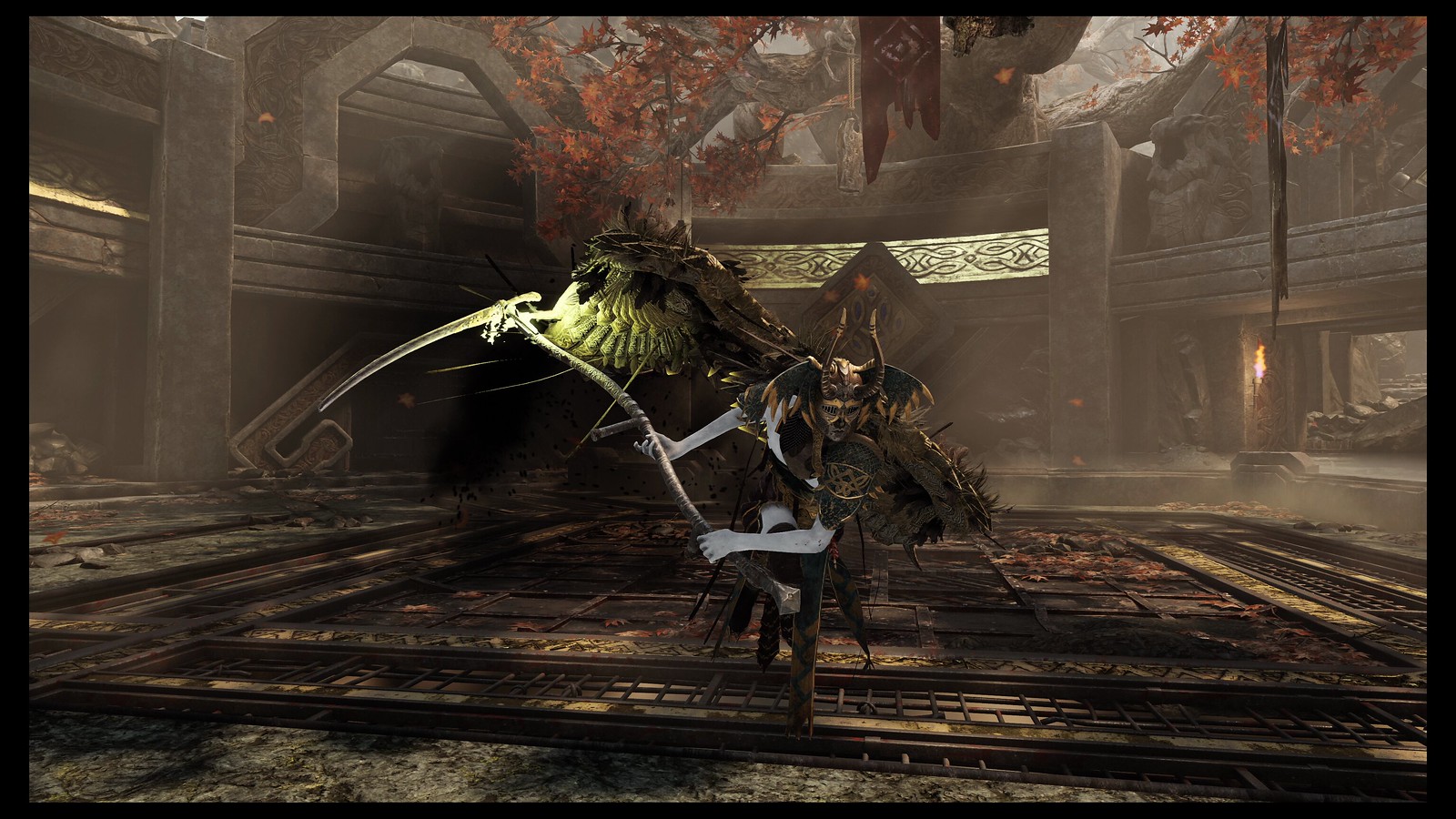
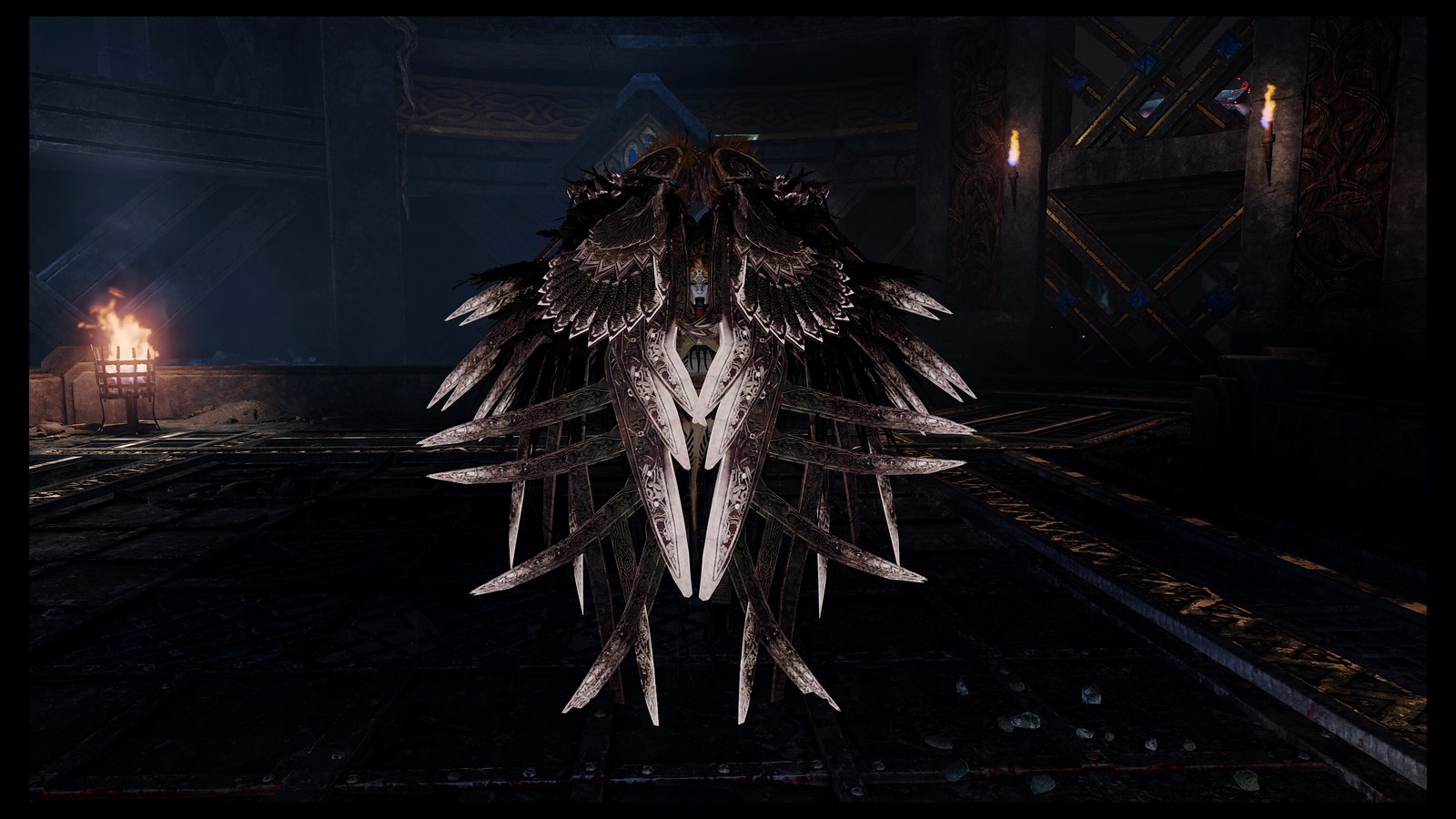
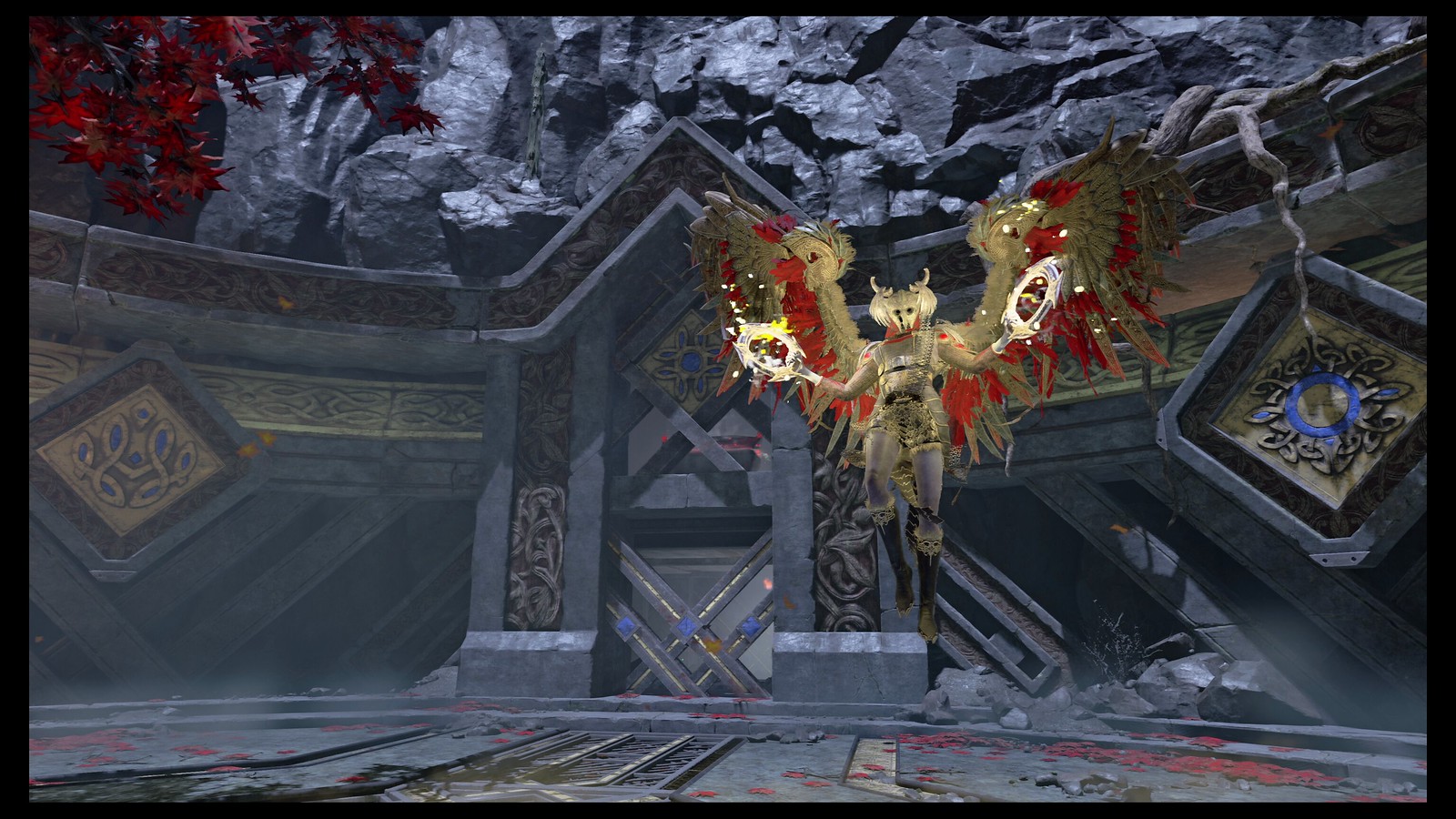
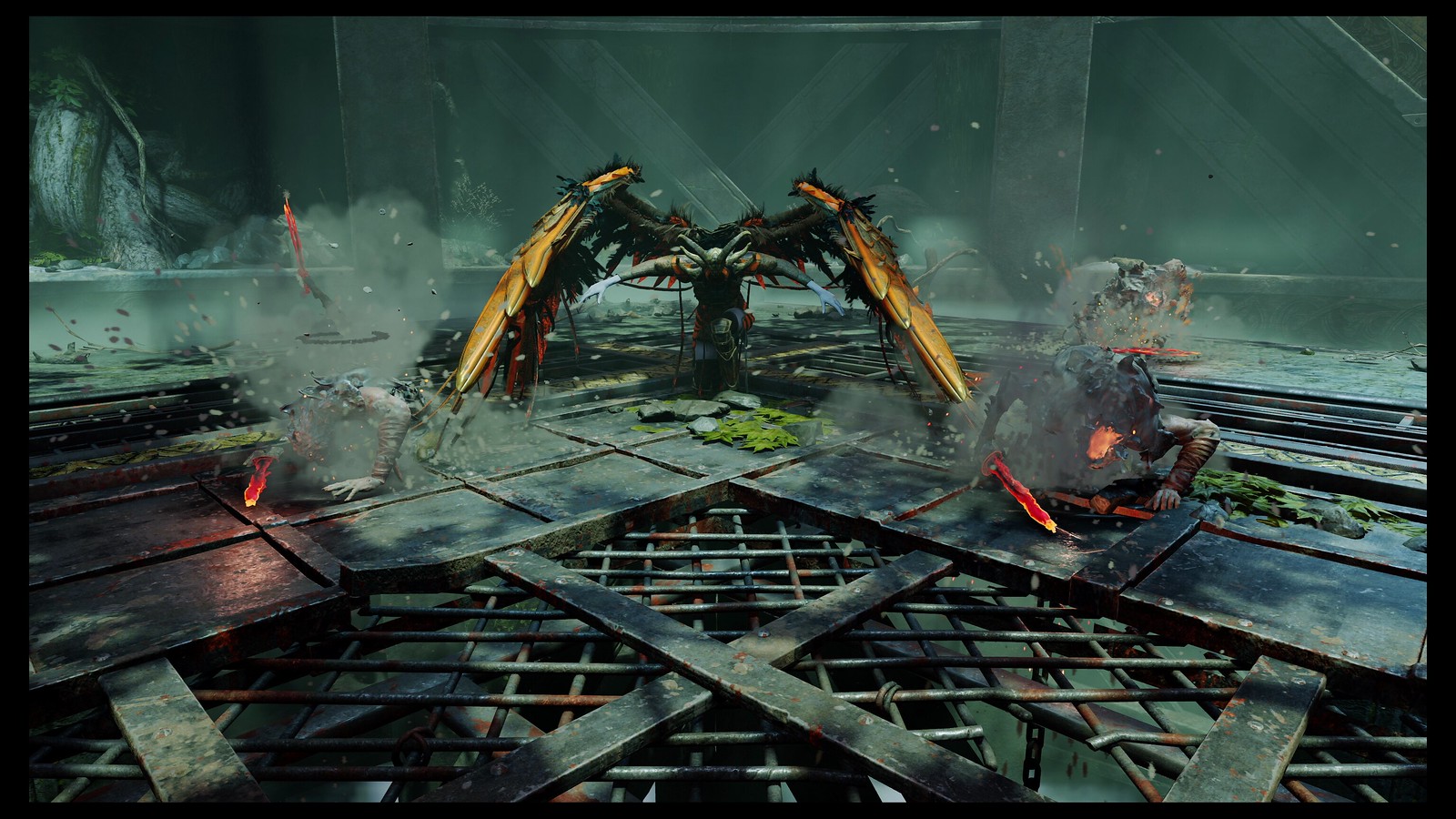

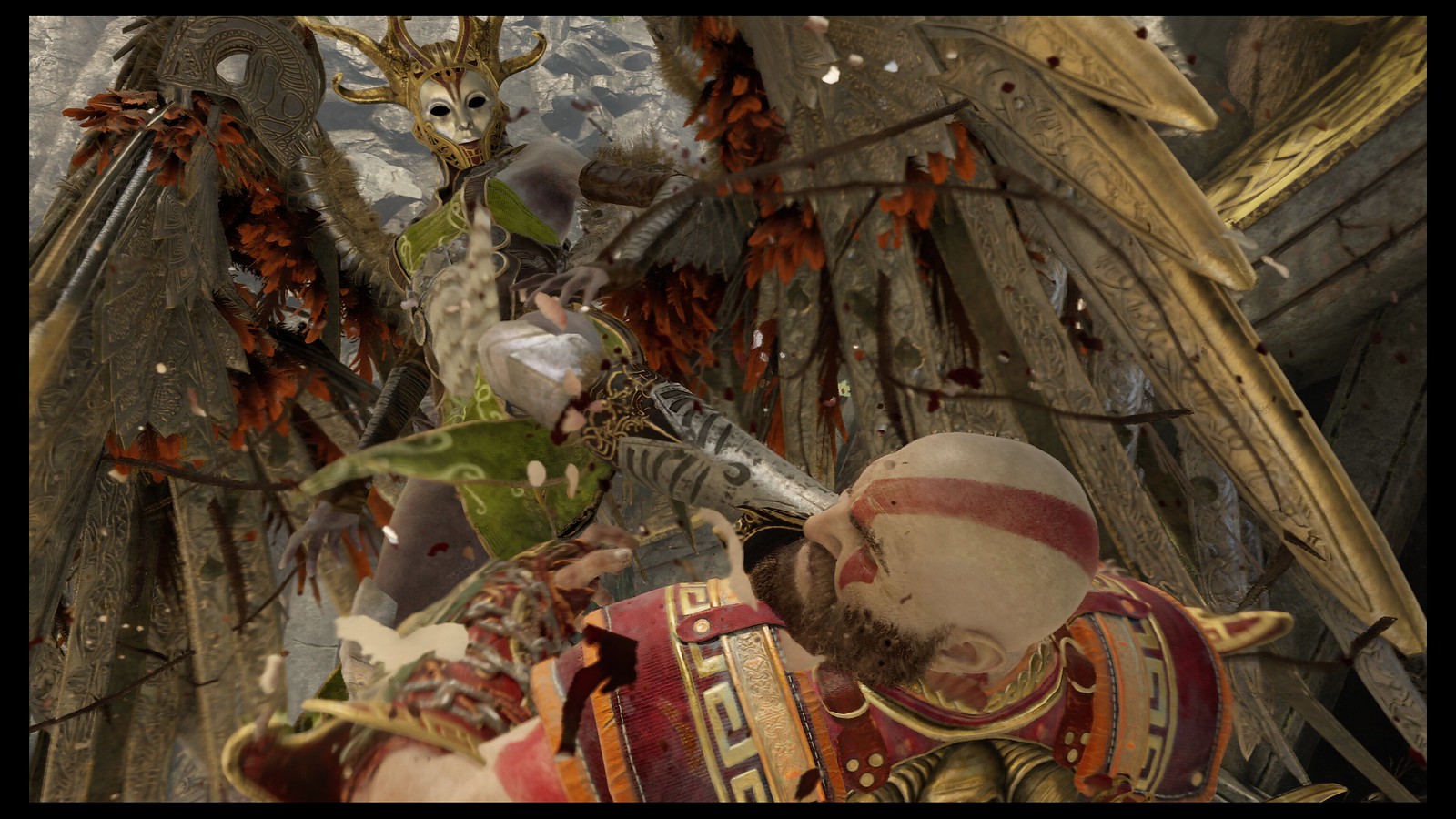
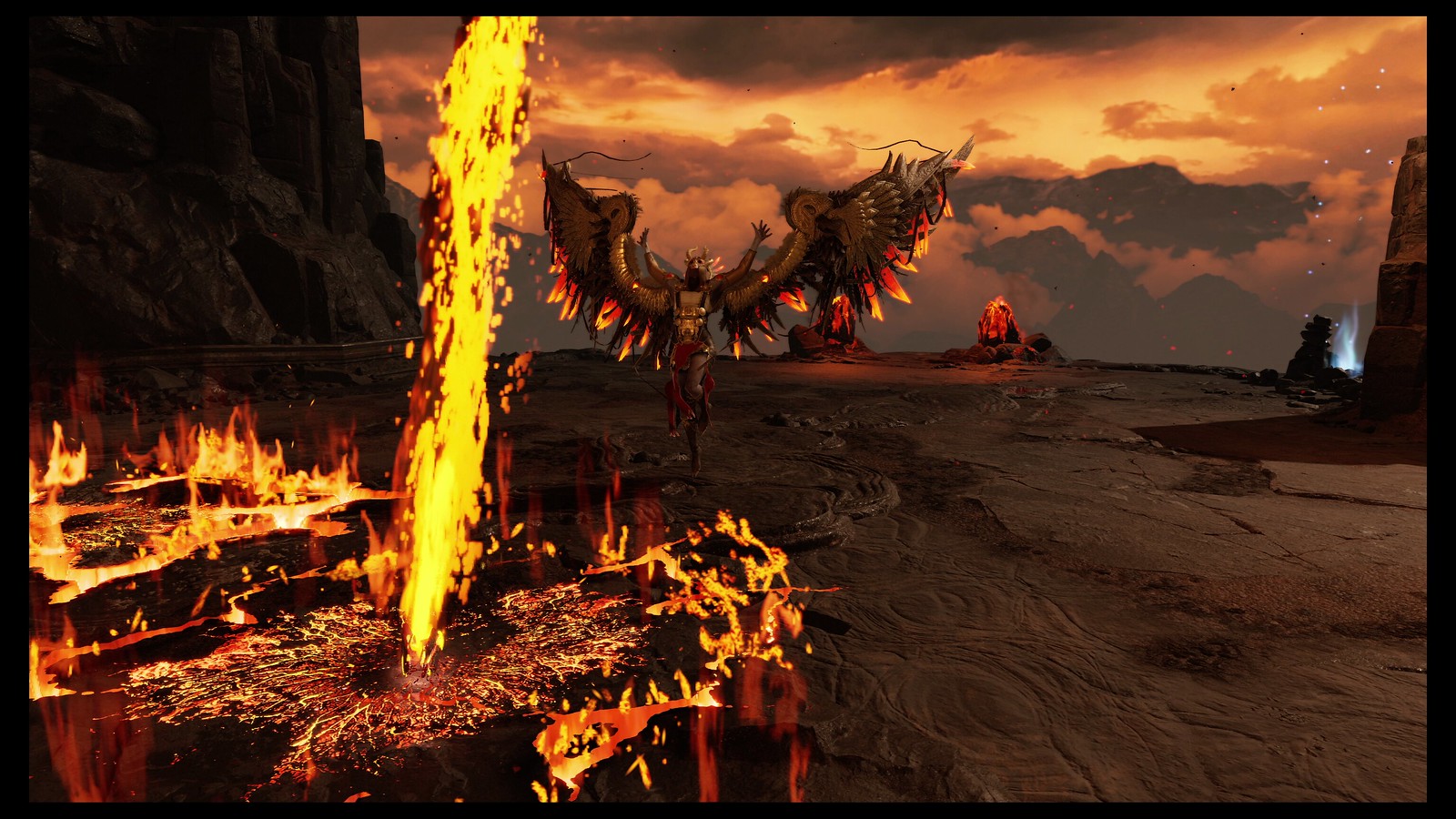
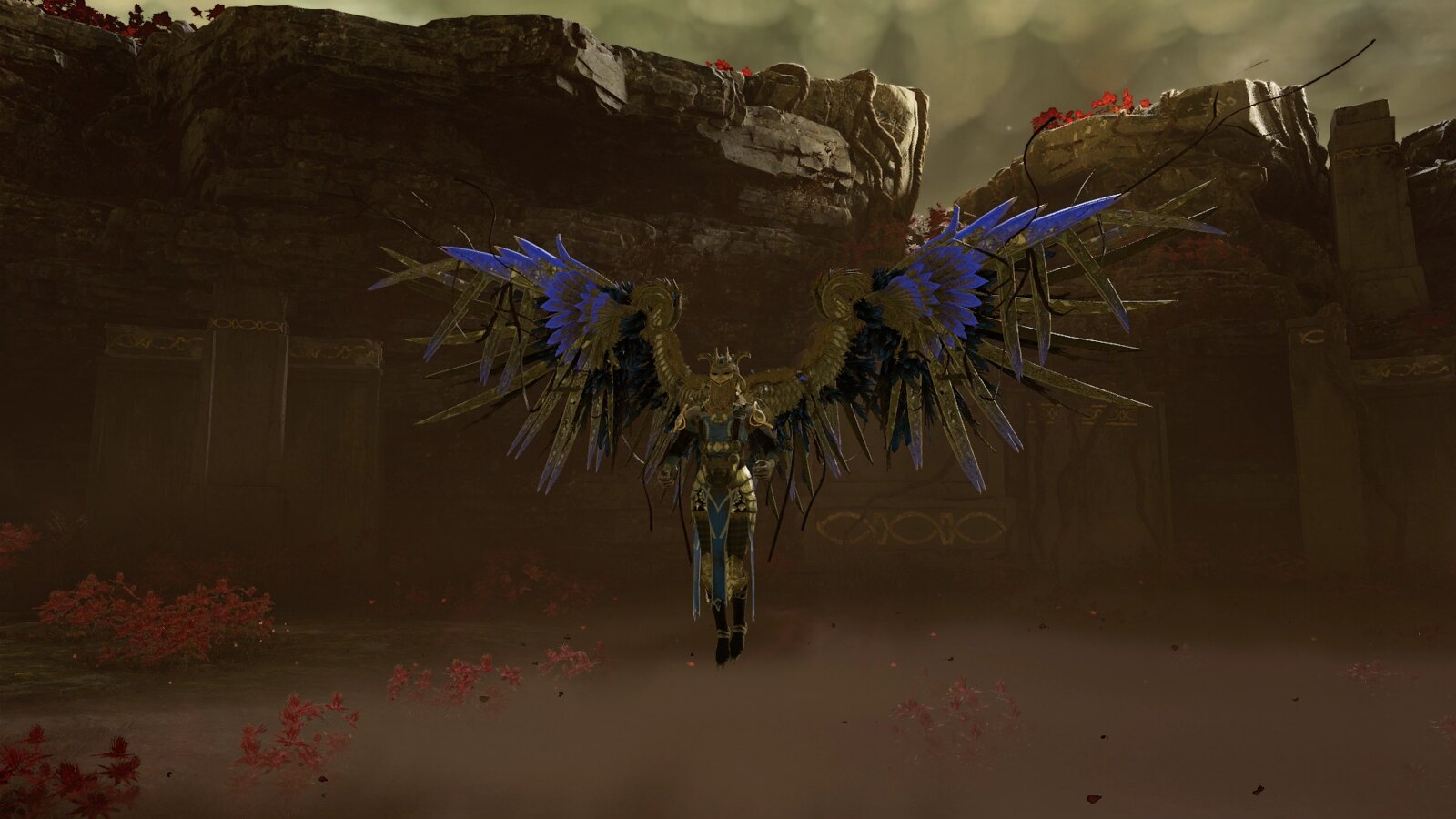
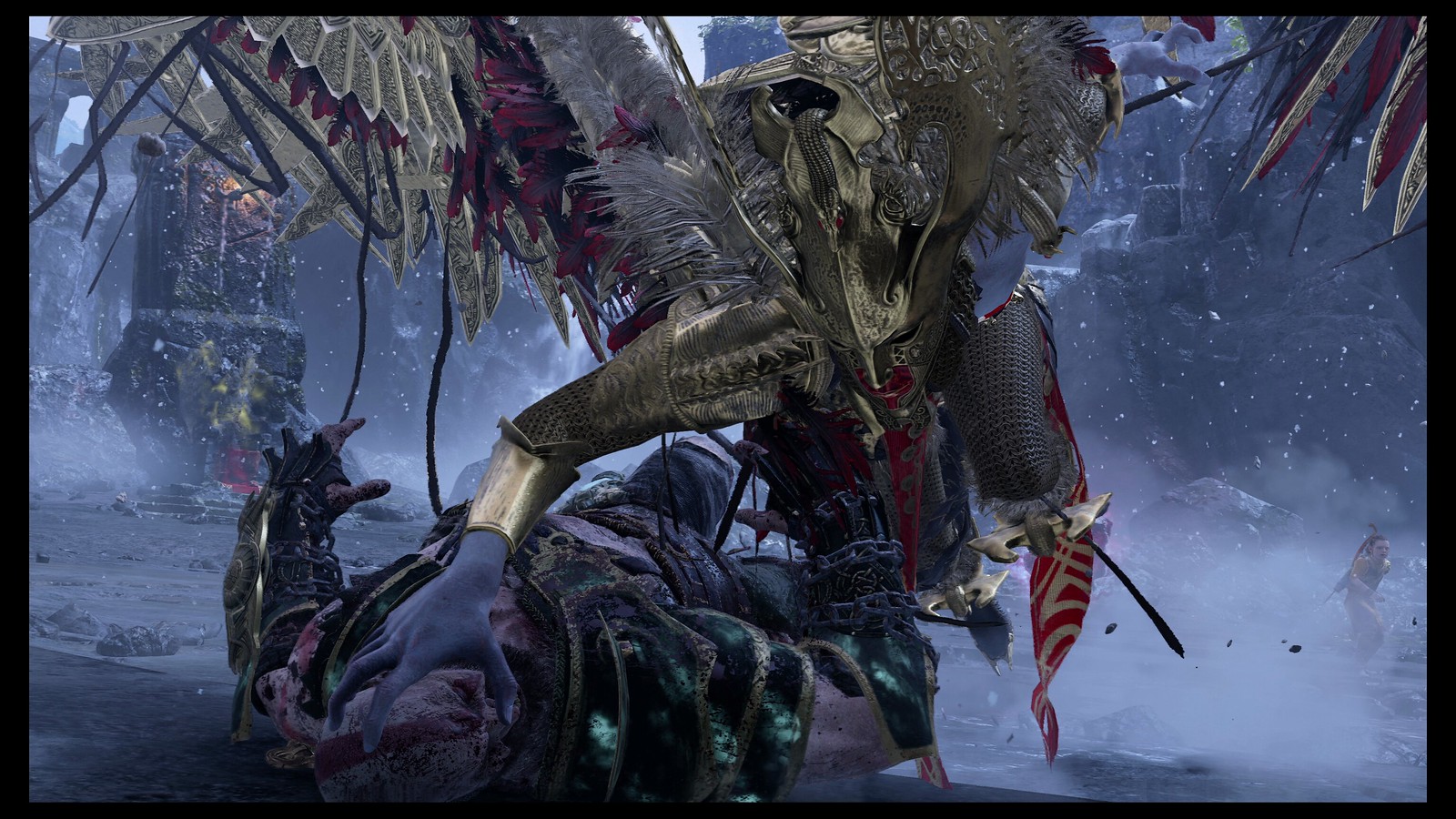







0 commentaires:
Enregistrer un commentaire